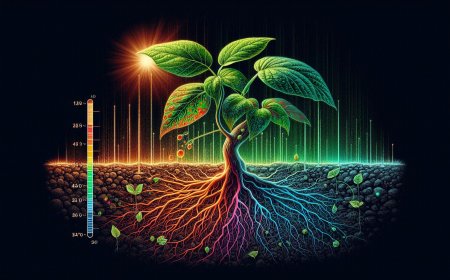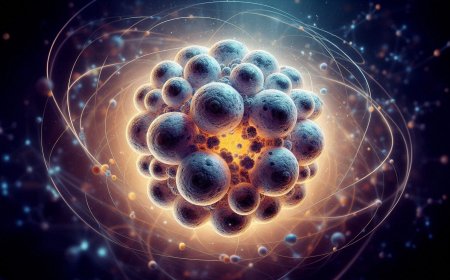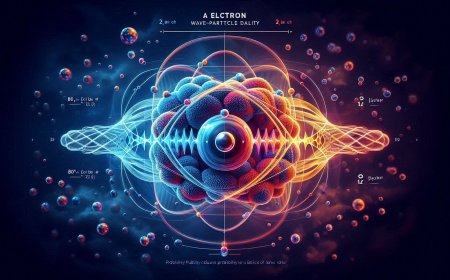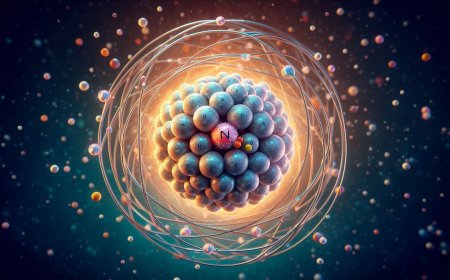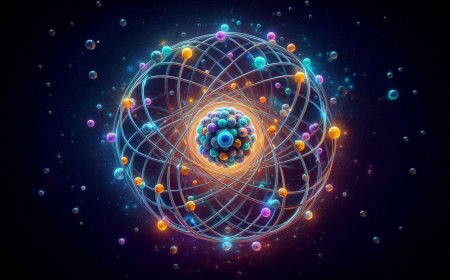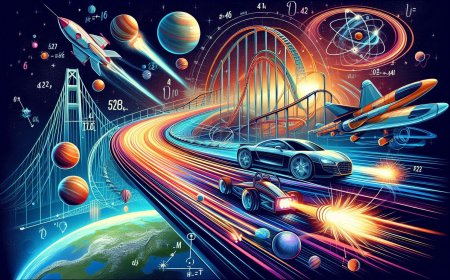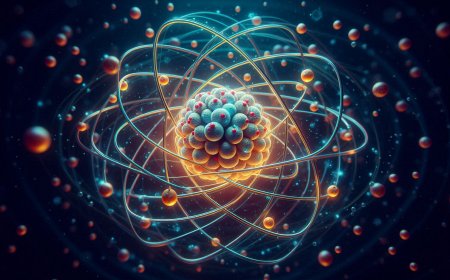The First Atomic Theory: A Breakthrough That Transformed Chemistry
Discover the transformative first atomic theory by John Dalton, a foundational concept in chemistry that explained the nature of atoms, chemical compounds, and reactions.
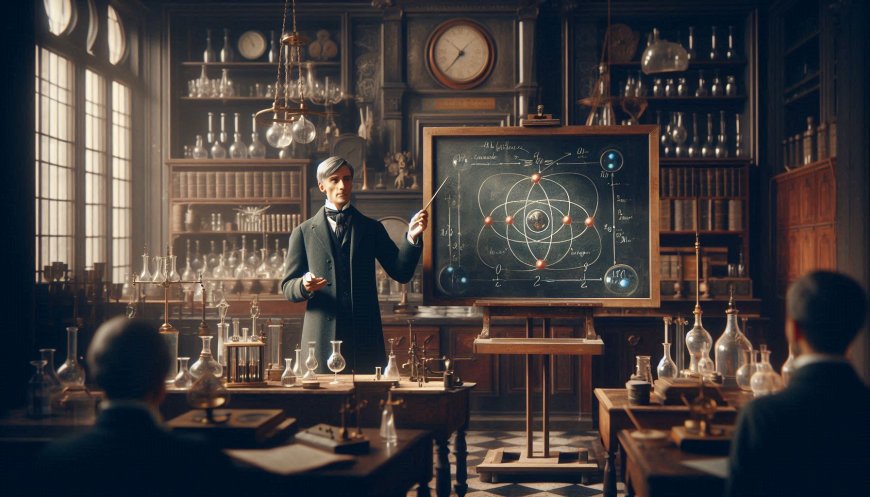
The concept of the atom, an indivisible particle that constitutes matter, has fascinated scientists and philosophers for centuries. However, the first formal atomic theory that we recognize today in chemistry was proposed by English chemist and physicist John Dalton in the early 19th century. This groundbreaking theory reshaped our understanding of matter and laid the foundation for modern chemistry.
The Origins of Atomic Theory
The idea that matter is composed of tiny particles dates back to ancient Greek philosophers like Democritus and Leucippus. They speculated that everything in the universe was made up of small, indivisible particles they called "atomos," meaning "uncuttable" or "indivisible." However, these ideas were purely philosophical and lacked experimental evidence. For nearly two millennia, the atomic hypothesis remained dormant, overshadowed by other theories that attempted to explain matter and its properties.
It wasn’t until the late 1700s and early 1800s, in an era when chemistry was emerging as a distinct scientific discipline, that the concept of atoms was revisited with empirical investigation. Experiments in the field of chemical reactions suggested that substances combined in fixed ratios by weight, hinting at the existence of fundamental particles governing these reactions. John Dalton was the first to formalize this idea with a scientifically-backed theory.
John Dalton’s Atomic Theory
In 1803, Dalton presented his atomic theory, which provided a simple yet revolutionary framework for understanding chemical behavior. His theory consisted of four key postulates:
- All matter is made of tiny, indivisible particles called atoms. According to Dalton, atoms were the smallest units of matter that could not be divided or destroyed—a concept we now know requires some modification but remains foundational.
- Atoms of the same element are identical in mass and properties. This suggested that all atoms of, say, oxygen, would have the same mass and chemical characteristics, while atoms of hydrogen would be distinct in both respects. Dalton’s idea helped explain why certain substances always reacted in the same way.
- Atoms of different elements combine in simple whole-number ratios to form compounds. Dalton proposed that chemical compounds were composed of atoms of different elements linked in specific proportions, providing an explanation for the observed consistency in chemical reactions.
- In chemical reactions, atoms are rearranged but not created or destroyed. Dalton’s theory also emphasized that atoms were neither created nor destroyed in chemical reactions but rather rearranged to form new substances, aligning with the law of conservation of mass.
Impact on Chemistry
Dalton’s atomic theory marked a critical shift in the study of chemistry. His ideas provided a logical explanation for the fixed ratios observed in chemical reactions, laying the groundwork for the law of definite proportions. By establishing that compounds consist of specific atom combinations, Dalton also made it possible for scientists to predict how different elements would interact.
This theory also paved the way for the development of chemical formulas, which are now fundamental in representing the composition of compounds. Over time, Dalton’s postulates were refined and expanded as scientists discovered subatomic particles (protons, neutrons, and electrons) and as quantum mechanics deepened our understanding of atomic behavior. Yet, his foundational ideas remain essential in chemistry classrooms today.
The Legacy of Dalton’s Atomic Theory
Dalton’s atomic theory sparked a new era of scientific inquiry, leading to profound advancements in chemistry and physics. It inspired future scientists to explore the structure of the atom, eventually leading to the development of the periodic table and the discovery of atomic structure. Although modern atomic theory has evolved far beyond Dalton’s initial ideas, his work remains a cornerstone in the history of science.
In retrospect, John Dalton’s atomic theory was a brilliant step forward that transformed chemistry from a field of observation into one grounded in theoretical principles. The concept of the atom remains central to scientific discovery, linking us back to Dalton’s legacy as we continue to explore the mysteries of matter and the universe itself.
What's Your Reaction?







